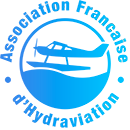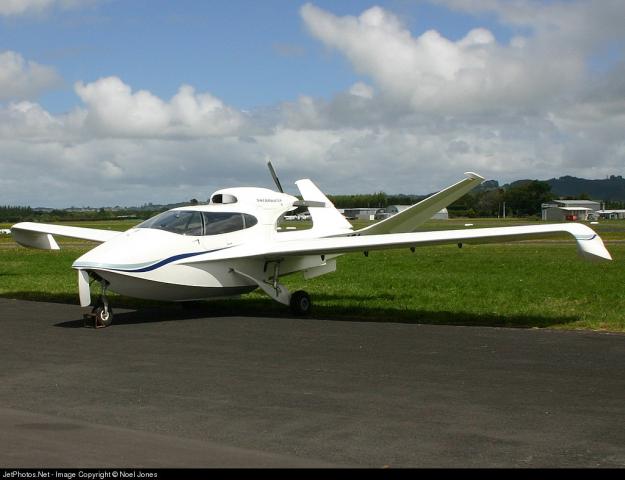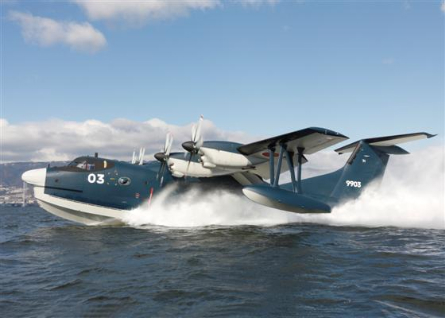Kit développé en Nouvelle Zélande, le projet est gelé depuis 2010 :

Pas de site Internet disponible, mais quelques caractéristiques annoncées : http://www.flyingboats.ca/PurchasingAFlyingBoat/Seaflight-features-a.htm
Le Directeur de ce projet répond à notre courrier :
Dear Olivier,
Thanks for your interest in the Shearwater.
The photo is of the original prototype. This plane was built because of the poor offerings available in the amphibian world. It was intended as a roomy sedate performance amphibian. Unfortunately it turned out to be a real Paris Hilton, good looking but with absolutely no redeeming characteristics. It has very high drag, poor handling and appalling aerodynamics. That company was wound up and the plane has finished up back with the original amateurs who built it.
What it did demonstrate was the high demand for a good amphibian.
I found a new designer, founded a new company and we went ahead with a completely new plane designed from scratch. This time we were careful to address the principle problem of all existing amphibians - high drag. By using the Hydroski we have completely eliminated the drag that comes from having a hull shaped like a boat. In addition, our superb aerodynamics have dramatically reduced the drag compared with current GA planes.
The result is an amphibian that is better than most land planes.
To answer your question, apart from a superficial similarity in that both planes have a V tail, everything is different.
The Shearwater project is on hold as we are trying to find substantial investment. Until we do get the capital we need nothing is happening. Once we do get going again it will be about 18 to 24 months until the first kits can ship to customers.
The design is complete to the point where we are ready to build a prototype. A 25% scale model has been built.
We need to sell the existing design successfully before we can consider other powerplants. I am certainly very keen on an engine that can run on both diesel and jet fuel as this suits amphibian operations so ideally.
The Mistral engine is excellent and there is currently nothing to compare with it. If we use any other engine the nacelle shape changes considerably and the drag rises dramatically. Mistral do have plans for a diesel version of their engine in the future but, as with many companies, the world financial problems have impacted on them heavily. I am confident that as things pick up again they will be very successful.
Shearwater has taken an interest in the FUSTRA initiative and see that as very positive move for all of Europe. I see from your website that you are also pressing hard to develop seaplane operations. I hope that you can make a difference. It seems to be the case in most countries that regulations regarding seaplanes are written by bureaucrats with a profound ignorance of both aviation and boats.
best regards
Steve Hoyle
Managing Director
www.shearwateraircraft.com
Phone +64-9-945 0446
Mobile +64-21-305 232



